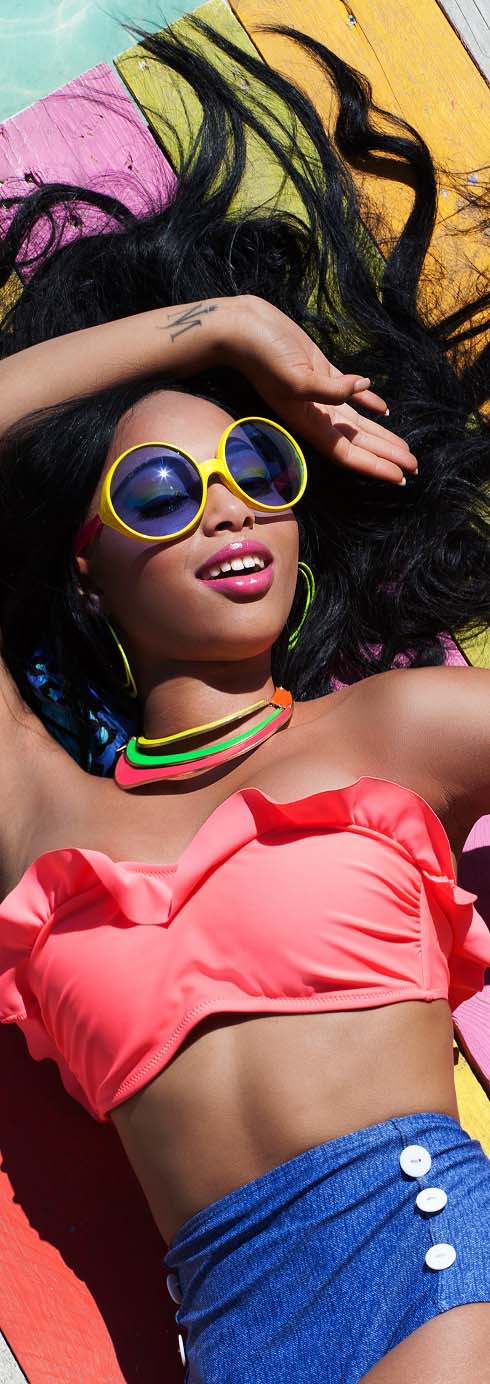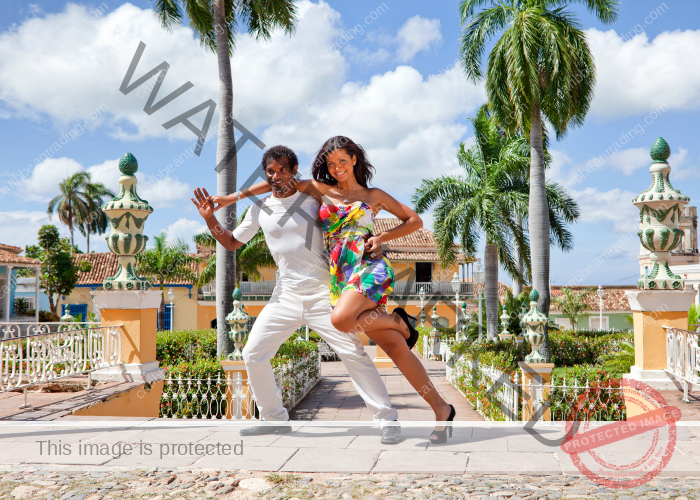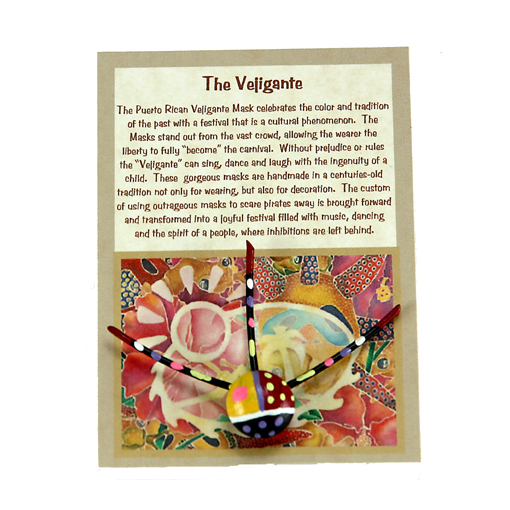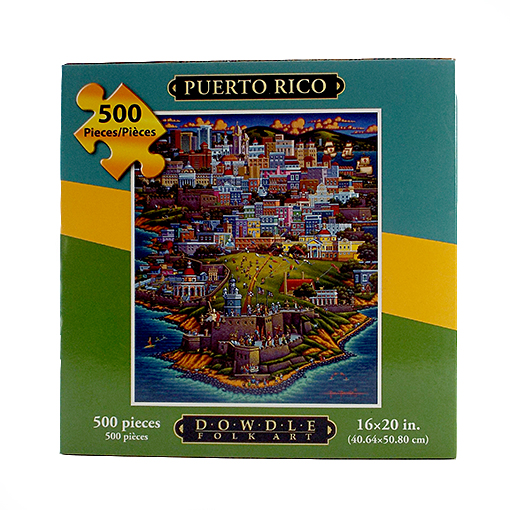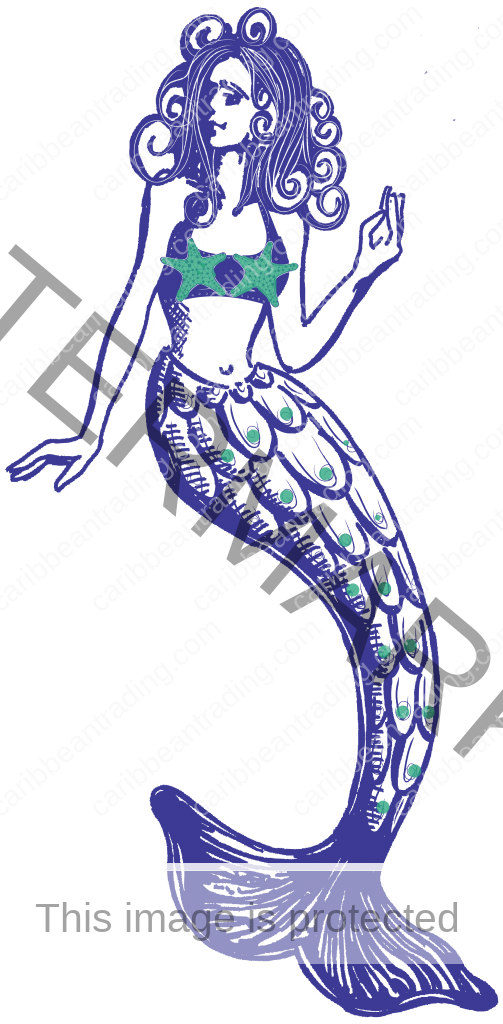Caribbean History
Typical Dances of Puerto Rico
Puerto Rico, you know, it’s not just some postcard island—it’s alive, buzzing with culture, history, little pieces of everything that came before. And honestly, if there’s one thing that shows this better than anything, it’s the dancing. Everywhere you turn, there’s rhythm. These dances aren’t only for fun (though yeah, they’re a blast). They carry roots, mixed from the Taíno people, African drums, Spanish elegance. All those influences stuck together and became something unique. So, let’s talk about a few of them. Not a full list, of course, but enough to get the picture.
1- Bomba
Bomba is old, really old—like, we’re talking 1600s. Brought over with enslaved Africans under Spanish rule. But the thing is, calling it a “dance” feels too small. It’s more like… a duel? A conversation? The dancer steps out, throws a move, and the drummer has to follow, match it. That big barrel drum, the barril, sets the tone, but funny enough, it’s reacting, not leading.
The skirts, the colors, the sharp steps—it all makes the show pop. Men keep it simple, white shirts, white pants. Women spin with wide skirts, using the fabric almost like an extra instrument. And still today, at festivals or town gatherings, you’ll find Bomba going strong. It’s resistance, really. A way of saying: this part of our bloodline, it didn’t disappear.
2- Plena
Then there’s Plena. Came around the early 1900s, down in Ponce. Folks called it “the sung newspaper.” Makes sense—it carried gossip, news, politics, all put into rhythm. No radios? No problem. People sang it in the streets. It’s one of the dances of Puerto Rico you gotta learn about.
The instruments are simple but powerful: panderos, guiro, maybe a guitar. The moves are lively, sometimes almost silly, because they’re tied to the story being told. Dancers go in pairs or groups, no set rule really—just follow the beat, improvise, jump in. Plena still works as both music and social voice. You’ll see it in parades, protests, festivals. Always relevant, always around.
3- Salsa
And then, of course, Salsa. Everyone argues—is it Cuban? Is it Puerto Rican? Truth is, both. In New York during the 60s and 70s, Puerto Ricans shaped it heavily, mixing son, mambo, even Plena and Bomba. It’s one of those traditional dances of Puerto Rico many people love.
On the dance floor, it’s electric. Fast feet, spins, dips—you get dizzy just watching sometimes. Couples connect, break apart, come back together, like acting out little stories with rhythm. And the music? Layers of brass, percussion, strings, all tangled into something irresistible. Puerto Rico really made Salsa a lifestyle. Stars like Héctor Lavoe or Willie Colón aren’t just remembered here—they’re legends worldwide. You go to a Salsa festival on the island and, wow, you feel the heartbeat of the place.
4- Belly Dance
Here’s a curveball: belly dance. Not Puerto Rican originally, nope—it came from the Middle East. But the island, being what it is, welcomed it and made space. Those hip scarves with coins, the beads, belly dance accessories, the jingling sound—they catch your eye and your ear.
What’s interesting is, in Puerto Rico, performers often tweak the costumes. They add custom embroidered patches, symbols, sequins, little personal details. It’s a global art adopted locally, with a new twist. You’ll catch it in festivals or classes across the island, a reminder that Puerto Rico doesn’t close the door on outside influences.
5- Danza
Now, shift gears—Danza is nothing like Bomba or Salsa. Way more formal, graceful. Came from Europe’s waltzes and polkas back in the 1800s. For a long time, it was the dance of the wealthy classes, the ballroom kind of thing.
The music is smooth, melodic, orchestral—lots of strings and piano. Couples glide across the floor with controlled steps, not wild improvisations. One famous Danza, “La Borinqueña,” actually became Puerto Rico’s national anthem. That says it all. Danza is quieter but still central, a piece of heritage showing the island’s European side.
6- Reggaeton
And then you’ve got Reggaeton, the modern giant. Started in the 90s, mostly underground in San Juan neighborhoods. It fused reggae, hip-hop, dancehall, Latin rhythms, and gave the world the dembow beat. Once you hear it, you can’t un-hear it.
The dancing? Bold, sometimes even scandalous. Heavy on hips, close movements, club vibes. Definitely not ballroom material. But that’s exactly why it spread so fast. It spoke for a younger crowd, a generation. Today, you can’t talk about global music without Daddy Yankee, Bad Bunny, Ivy Queen—all Puerto Rican. The genre moved far beyond the island, but it still carries that Boricua stamp.
Conclusion
So yeah, Puerto Rican music are more than just steps. They’re living memory. Bomba ties back to survival and struggle, Danza whispers of elegance and Europe, Salsa connects communities across oceans, Reggaeton shouts out to the whole world. Even belly dance, adopted from afar, shows the island’s openness.
At the end of the day, these dances aren’t stuck in museums. They’re alive—at parties, in plazas, in nightclubs. They’re how Puerto Rico laughs, resists, flirts, remembers. They’re culture with a beat. And if you visit, don’t just watch—jump in. That’s the only way you really get it.

